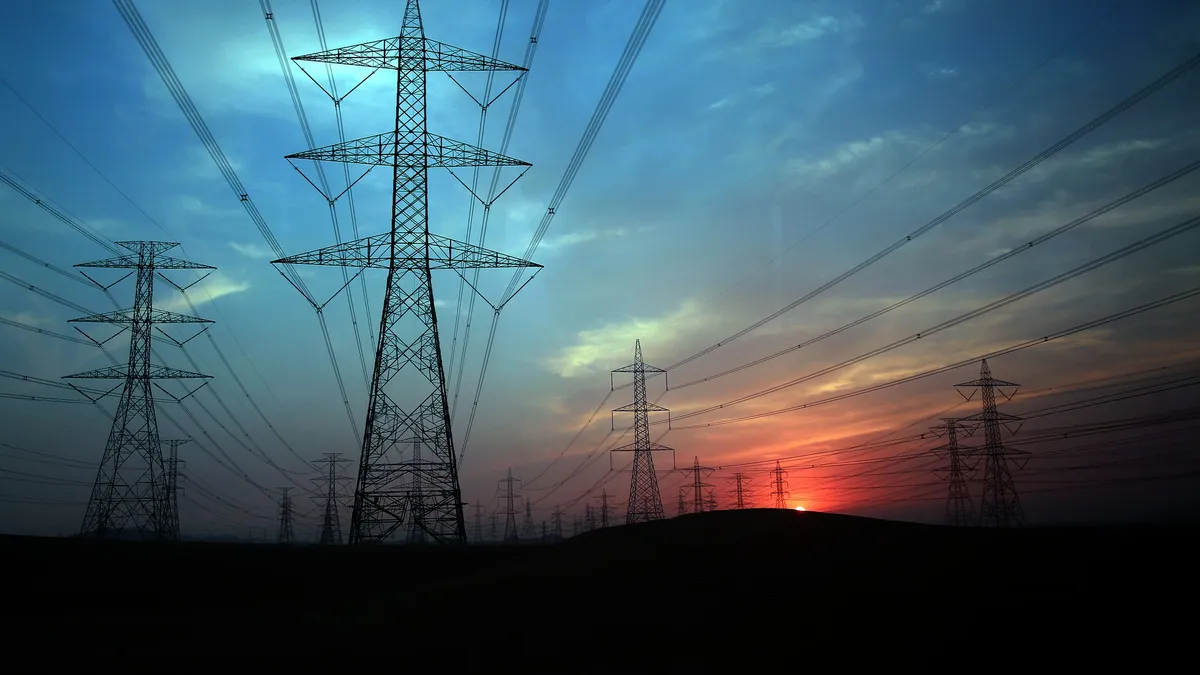The following is a contributed article by Rob Gramlich, executive director at Americans for a Clean Energy Grid.
How many "unprecedented" weather events does it take before we realize that the future is inherently uncertain? No power system engineer can offer more wisdom than Yogi Berra’s: "The future ain’t what it used to be," and "it’s tough to make predictions, especially about the future."
Public health and safety should be the top priority when power outages continue to roll through many central states, and people are in homes in Texas not built for extreme sustained cold. As we emerge from winter storm Uri, we should take stock of our power grid’s ability to keep people warm and safe, and to support our increasingly electricity-dependent modern lifestyle and economy.
To make our electricity system resilient we should be planning for the inevitable uncertainty. When DOE Secretary Perry sent over to the U.S. Federal Energy Regulatory Commission (FERC) a proposal to provide financial assistance to certain generation sources, grid planners generally said the same thing: generation of all types can fail, and it is large scale transmission that saves our bacon.
As the Texas grid operator and public utility commission explained in comments to FERC, "one of the most critical elements of system resilience is ensuring that the transmission system is planned in such a way as to ensure continued operations following an unexpected outage of one or more generators or transmission elements." Similarly, the New York grid operator noted that "these interconnections support and bolster reliability and resilience by creating a larger and more diverse resource pool available to meet needs and address unexpected and/or disruptive events throughout an interconnected region."
This week’s events reinforce those truths about generation and transmission. The Electric Reliability Council of Texas (ERCOT) reported that around half of the gas generation was off-line, no generation type was fully available, and demand was well above the highest extreme planning scenario. While generation and demand have been characteristically uncertain, inter-regional transmission ties have been dependably assisting with the shortfall.
When Texas, and then central states all the way up to North Dakota were caught short on power, the maximum amount was delivered into those areas from neighboring systems. A large amount of transmission congestion at the MISO-PJM seam in Illinois and Indiana prevented more power from reaching SPP and MISO. While Texas’s strong internal transmission network allowed solar, in-land wind and coastal wind resources to work together to help keep the lights on, its weak limited ties to its neighbors blocked access to more available electricity supplies.
Most people recognize that connecting remote renewable energy is a benefit of transmission. They do not often realize that power flows in both directions over inter-regional lines so that regions with excess can supply those in need, and their maximum needs tend to occur at different times allowing power to be shared back and forth.
During the January 2019 Polar Vortex event, with power initially flowing west from the Mid-Atlantic (PJM) to the Midwest (MISO), power then reversed to flow east from MISO to PJM as the extreme cold shifted eastward. In none of these events did we have a shortage of power. We had a shortage of delivery capacity.
As Congress considers legislation to address infrastructure, economic recovery and climate, inter-regional transmission is a three-fer. We do not currently have a functioning way to recover the costs of needed inter-regional transmission. A tax credit or certain forms of government spending could help advance large scale regional and inter-regional transmission. DOE and FERC could work together with states on inter-regional transmission plans, ultimately leading to a Macro Grid to share power across the country.
We have a lot still to learn about this week’s power system failure. Even after the assessments are in, the weather will remain uncertain and will probably change in unpredictable ways with more severe impacts. We do know one thing — we are going to need to deliver a lot of energy across large parts of the country during many difficult-to-predict situations. So, let’s get serious about a Macro Grid.













